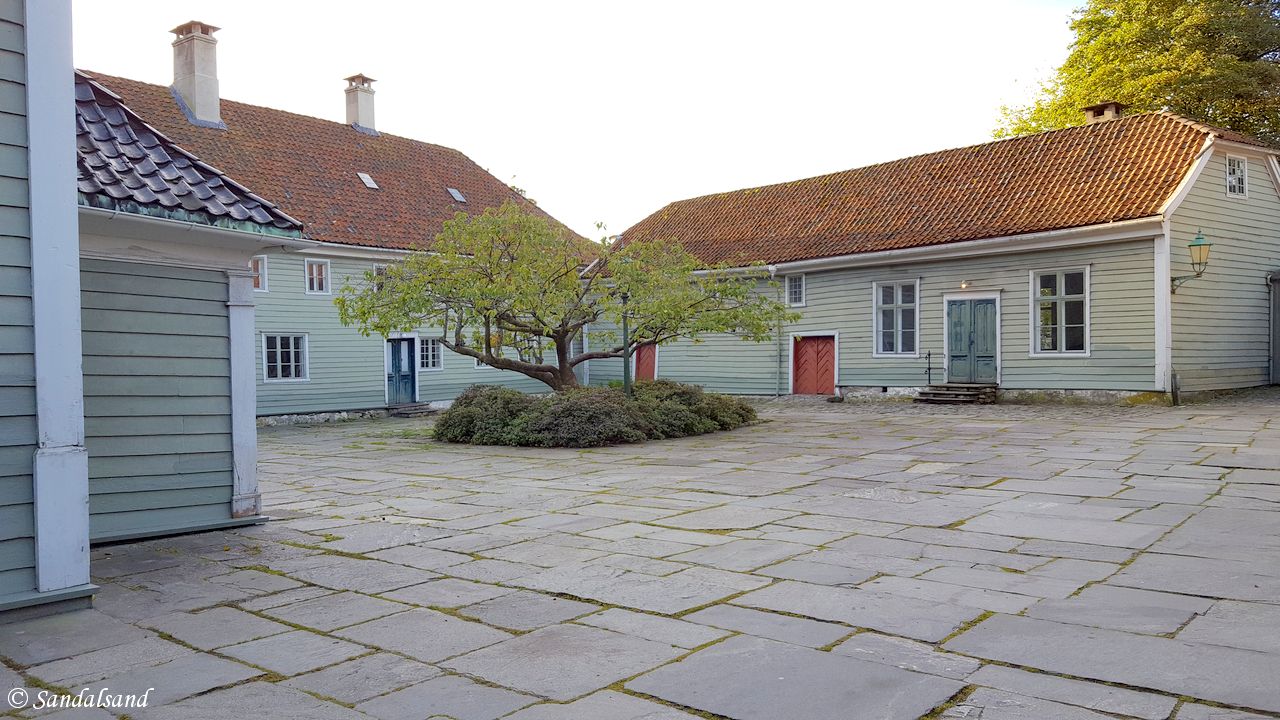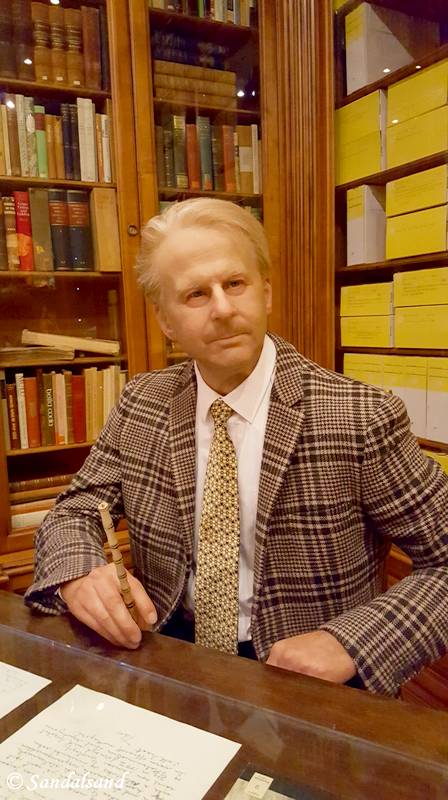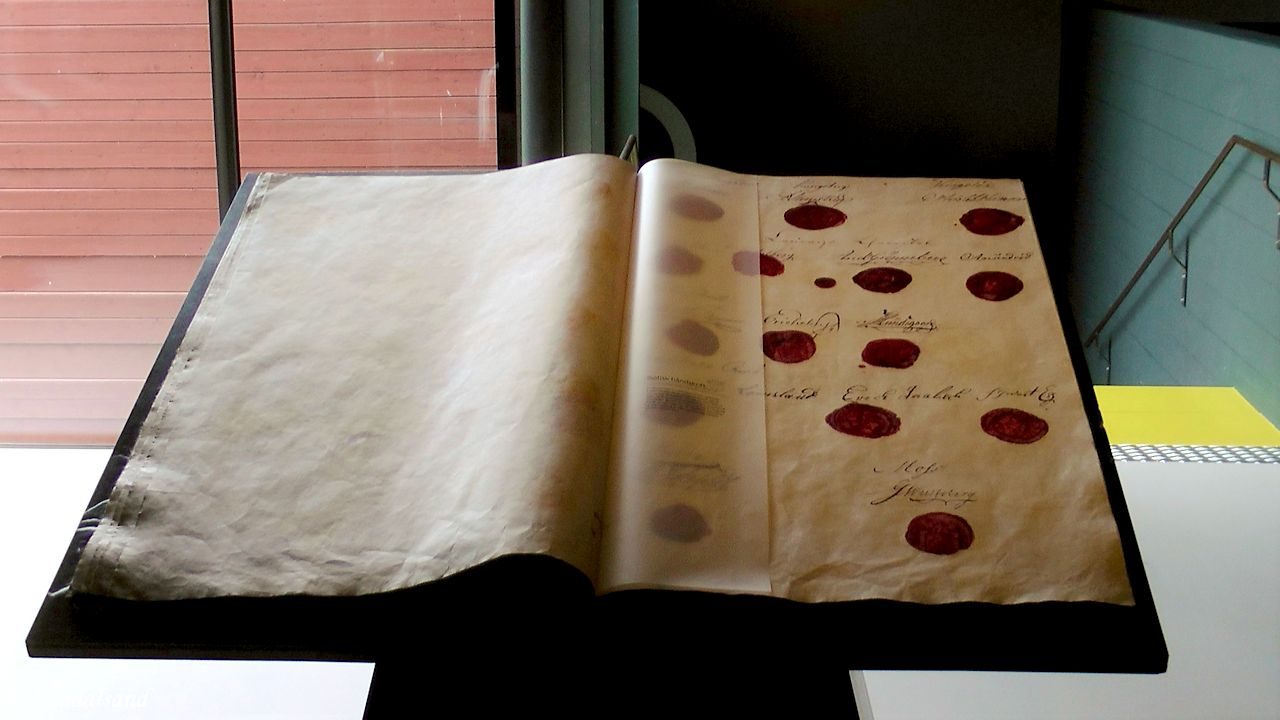Everyone is familiar with the UNESCO World Heritage List. It has over a thousand places of unprecedented universal cultural or natural value. The UNESCO list by the name of Memory of the World is undeniably less known. This article presents a high level examination of what it is, and case examples from Norway.
World Documentary
Basically, there is no convention underlying the world’s documentary memory, contrary to the World Heritage Convention (1972) and the Convention for the Protection of Intangible Heritage (2003). On the other hand, there is the “Memory of the World” (MoW) programme, created in 1992.

The vision of the Memory of the World Programme is that the world’s documentary heritage belongs to all, should be fully preserved and protected for all and, with due recognition of cultural mores and practicalities, should be permanently accessible to all without hindrance.
The background was a growing awareness of the parlous state of preservation of, and access to, documentary heritage in various parts of the world.
War and social upheaval, as well as severe lack of resources, had worsened problems which have existed for centuries, according to UNESCO. Furthermore there was a belief that significant collections worldwide had suffered a variety of fates. Examples pointed out were looting and dispersal, illegal trading, destruction, inadequate housing and funding.
The programme’s mission
In short, the mission of the Memory of the World Programme has three elements:
- To facilitate preservation, by the most appropriate techniques, of the world’s documentary heritage.
- To assist universal access to documentary heritage.
- And to increase awareness worldwide of the existence and significance of documentary heritage.
The register counts approximately 429 items (2020), a very low number one may say. We may however also find that the quality of the documents is high. It is in fact quite possible that the programme is little known or does not have a sufficiently high status for participating nations to give priority to it.
Norway’s documentary heritage
There is also a modest number of documents available from Norway in the international register. So far it includes six documents. Also, these are in a parallel list we have on the national level. The national register has far more elements, despite starting as late as 2012. By 2020 it contains 115 documents.
A national committee handles evaluations and decisions. Its members represents the National Archives, the Museums Association, the Sami Parliament, the Directorate for Cultural Heritage, and the National Library. Various institutions nominate candidates, every other year. See the list of institutions and which documents they preserve. See also Norway’s documentary heritage on Facebook. (The links to pages in Norway lead to text in Norwegian only.)
Find the six Norwegian documents in the international register below. They offer an interesting insight into the variety of documents in the register.
Henrik Ibsen: A Doll’s House
Read UNESCO’s introduction to Henrik Ibsen: A Doll’s House.
This document is Ibsen’s original manuscript from 1879 of the play “A Doll’s House”. This was his major breakthrough in Europe as a playwright. The National Library takes care of the manuscript.

Roald Amundsen’s South Pole Expedition (1910-1912)
Read UNESCO’s introduction to The Roald Amundsen’s South Pole Expedition (1910-1912).
The document includes original film material from the Amundsen South Pole Expedition. The recordings document important events on the first South Pole expedition. One believes that the short movie below is the cinema version. The Norwegian Film Institute and the National Library stores the original material.
Sophus Tromholt Collection
Read UNESCO’s introduction to The Sophus Tromholt Collection.
This is a photo archive with negatives and original portfolio from the scientist and photographer’s stay in Kautokeino and elsewhere in Finnmark and Sami Finland, 1882-83. The University Library in Bergen manages this archive of about 300 images. Below you will see one of his pictures. There are also seven more pictures on Flickr and almost all at UBB.

The Leprosy Archives of Bergen
Read UNESCO’s introduction to The Leprosy Archives of Bergen.
The Leprosy archives document the breakthrough of the scientific understanding and description of leprosy. They are shared between several public archives in Bergen. We read : “The battle against leprosy on the west coast of Norway had a high priority in the 19th century. For several decades, Bergen was the international centre for research on leprosy. At that time, Bergen had the highest concentration of lepers in Europe, and there was a great deal of research in the institutions.”
The archive itself consists of archives from several leprosy institutes, including three leprosy hospitals in Bergen, as well as some private archives.

Thor Heyerdahl Archives
Read UNESCO’s introduction to the Thor Heyerdahl Archives.
The archives provide insights into the life of one the greatest communicators, explorers and scientists of the 20th century. The heritage is managed by the Kon-Tiki Museum and the National Library.

The Castbergian Child Laws of 1915
Read UNESCO’s introduction to the The Castbergian Child Laws of 1915.
The Register includes the original manuscript. The Castbergian Child Laws about the welfare of children, has its name from the politician Johan Castberg. He was the primary driving force behind a groundbreaking reform. Norway was among the first countries to pass new laws on the status of extra-marital children. This provided an example for other Nordic and Europeans countries. According to the new laws, both parents were obliged to provide for a child born outside of marriage. If the father was unwilling or unable to pay, the mother was in any event entitled to some public financial support. It was seen as crucial to reduce child mortality and also to prevent hidden pregnancies. This happened more frequently outside of marriage.
Read more
I suggest that you continue to my introduction to UNESCO’s World Heritage Sites, and the article about World Heritage Sites in Norway. The other convention mentioned in the beginning was UNESCO’s Convention for the Protection of Intangible Heritage. There is also an article about that – with an international introduction and with the use of Norway as a case.
(This article about the Memory of the World was first published in August 2016, as a translation of the original article in Norwegian. It has been slightly modified and updated later.)


